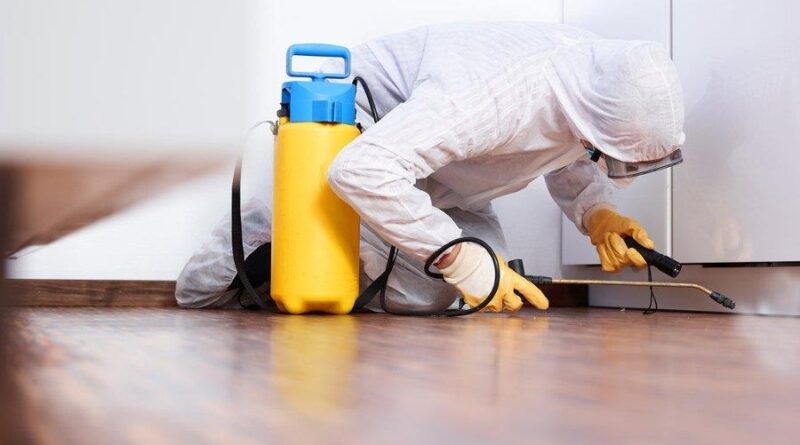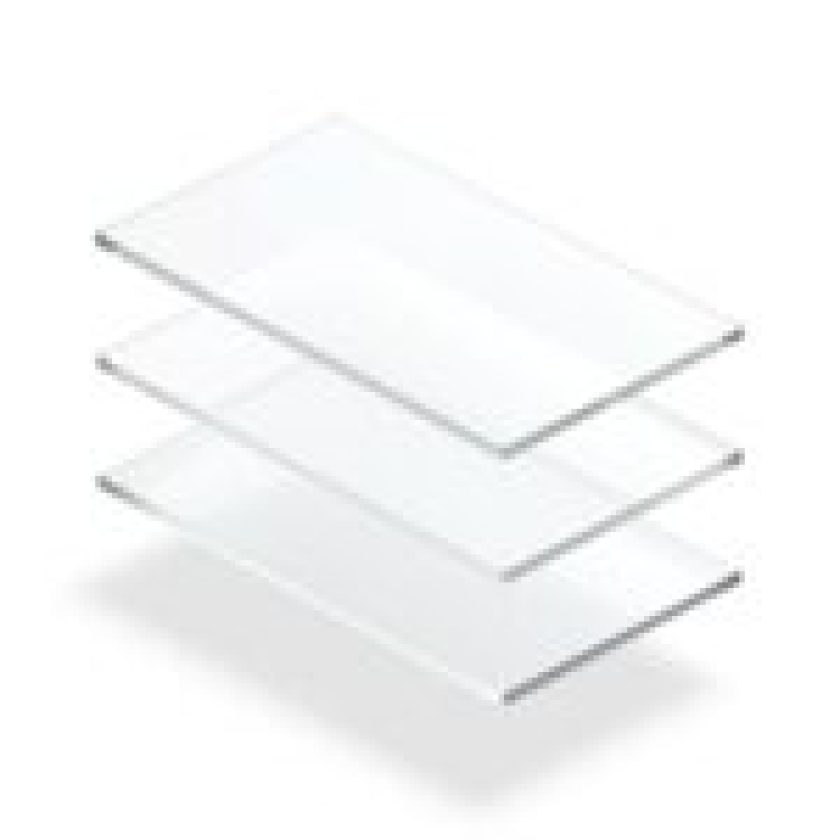Bed bugs may be a bigger problem now than ever before. Between the 1940s and early 2000s, many believed that they had gone extinct, thanks to modern pesticides. But the pests have developed resistances, and they spread faster now with international travel.
Some studies estimate that every year, 1 in every 5 households has a bed bug problem. That’s a lot of bugs! In most cases, people get them after staying in hotels. They might also come crawling through the walls that you share with your neighbors.
Here’s how you can get rid of bed bugs quickly.
Call a pest control company
Hiring a professional is a bit frustrating, given the cost. However, it is the most reliable solution. Pest control companies are always adjusting their pesticides to meet the bugs’ resistances. They use powerful sprays that eliminate the bugs on the spot, and steam treatments that destroy bed bug eggs. This ensures that the bugs don’t come back.
Look for a well-reviewed company with competitive rates. When the technician arrives, ask what you can do to help. Follow his or her directions closely. Contact The Exterminators in Hamilton or another company near you.
Wash everything in hot water
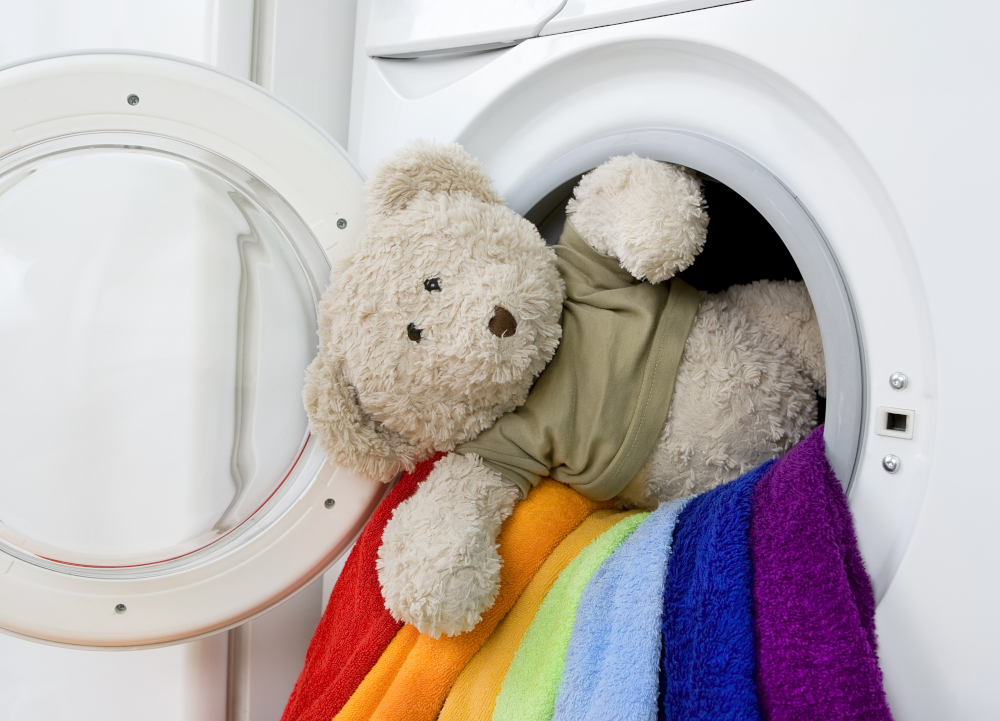
Wash your curtains, clothing, bedding, and all other washable fabrics in hot water. Then, dry them at the hottest setting for 30 minutes or more.
Bed bugs do not do well in water, and they die at 50°C/122°F. So, washing everything is a good way to get rid of any stragglers the exterminator might have missed. When you’re done, bag everything up in sealed plastic bags until the treatment period is over.
Steam clean rugs and upholstery
Clean everything that you cannot put in the washing machine with a steam cleaner. Steam cleaners reach over 100°C/212°F, which is hot enough to destroy bed bugs and their eggs. They also revitalize carpets and upholstery, making them look new again.
If the technician didn’t do it for you, rent a steam cleaner and treat every fabric within the vicinity of the infested room. Be sure to get into the cracks and crevices of furniture.
Vacuum with a HEPA filter
Vacuuming is also handy for getting rid of bed bugs as long as you use one that has a HEPA filter. This component prevents bed bugs from coming out of the vacuum cleaner and continuing the infestation.
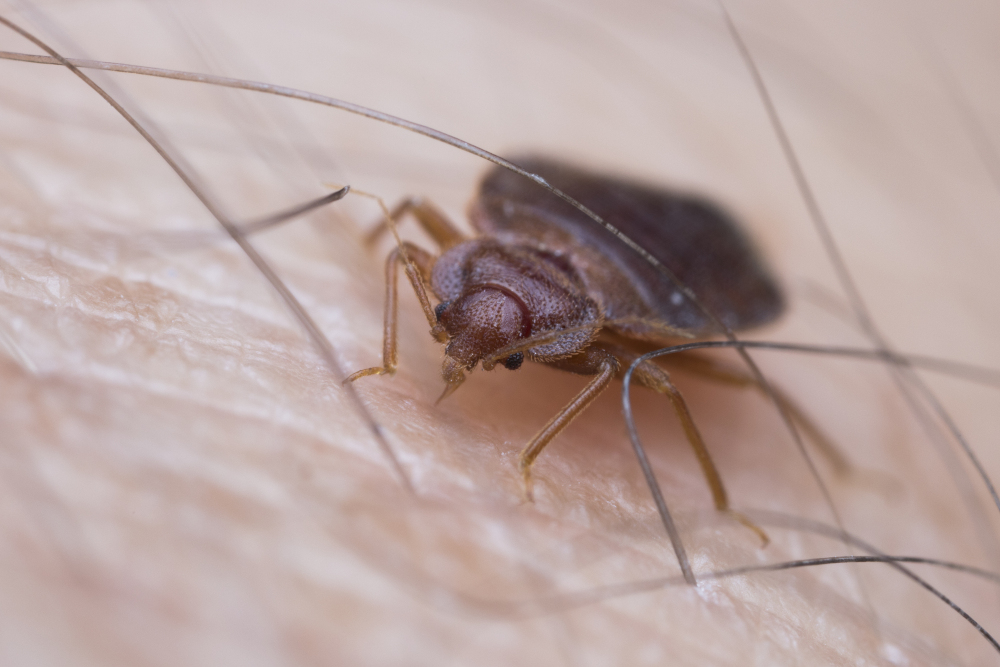
Vacuum the seams of the mattress, the box spring, bed frame, baseboards, cushions, and every part of the room that is difficult to reach. Run the vacuum for a few extra seconds when you are done, then dispose of the vacuum bag in a sealed plastic bag. If there is no bag, empty the canister in a sealed bag, then wash the canister. Wash the vacuum cleaner’s parts in hot, soapy water.
How to Avoid Another Infestation
If you’re like most people and you never want to deal with bed bugs again, try these tips.
Use a mattress cover
Once the exterminator is done treating your mattress, you can cover it with a mattress protector. Mattress protectors trap bed bugs, so if there are any eggs or bugs in the mattress that survived the treatment, they will starve. Leave the cover on for a full year to give the bugs time to perish.
Consider using mattress covers going forward to help prevent big infestations. Bed bugs won’t be able to get inside your mattress, which will make it harder for an infestation to get out of control and dirty your mattress.
Add traps
Bed bug traps are useful for monitoring infestations and eliminating them when they come. Add some bed bug leg traps to your bed frame and other interceptors to trap the little pests. Check on your traps every now and then to see if anything comes up.
Inspect your belongings
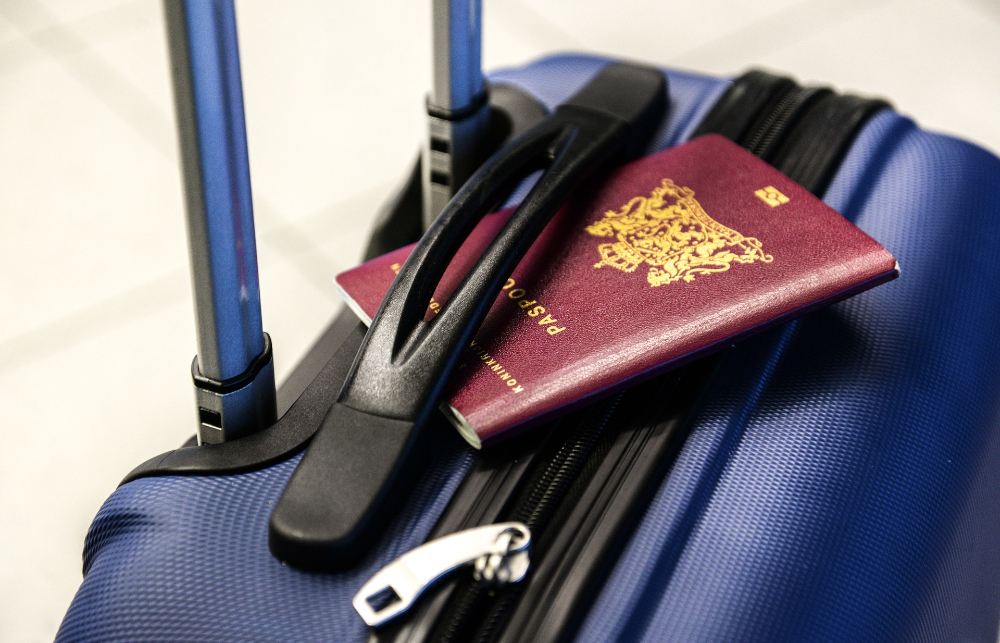
Check your clothing carefully when you come home from a trip. Do not put your luggage directly onto your mattress when you get home. Open it up on the floor, in a separate room, and look through your things.
The same logic applies to purchasing used pieces of furniture. Check the piece very carefully before you bring it home.
Be careful with laundromats
If you have to use a shared laundry service, wash and dry your clothing on hot, then bag everything up immediately. Do not fold your laundry at the laundromat or let it linger in the machine. Put all your laundry in a bag as soon as it has dried, and fold everything at home.

